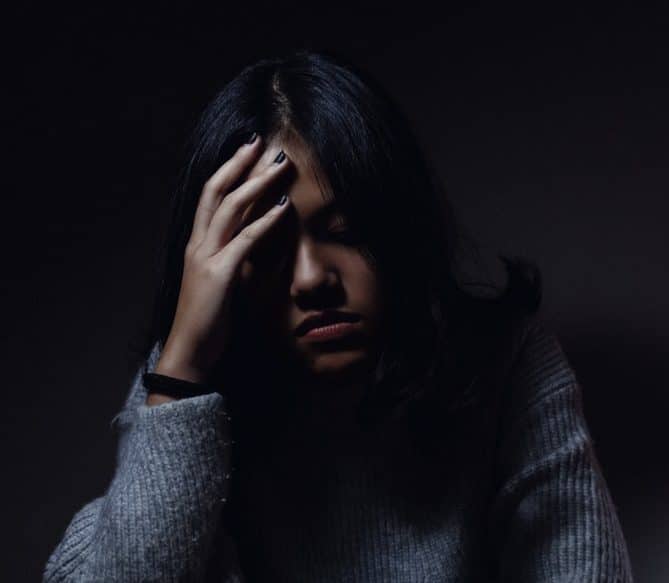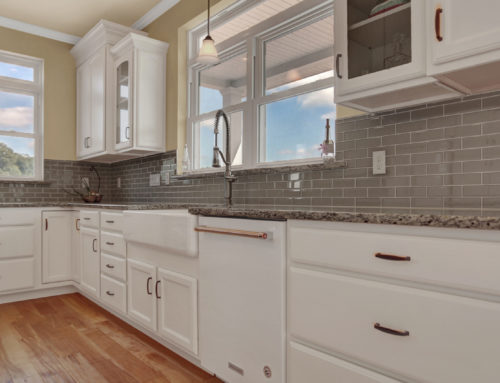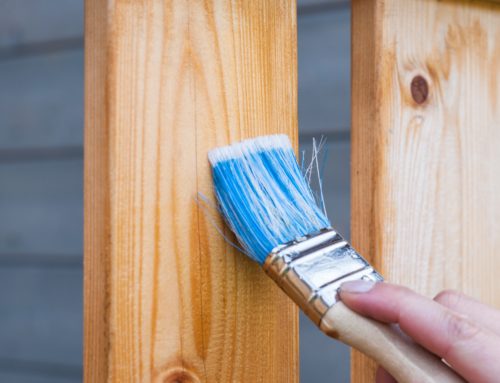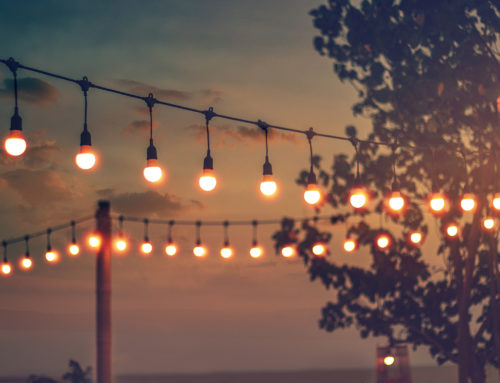By: Dave Toht – Reprinted from HouseLogic.com with permission of the NATIONAL ASSOCIATION OF REALTORS®.
Adding skylights, solar light tubes, windows, and other means of daylighting can brighten your winter and help alleviate symptoms of seasonal affective disorder (SAD).
What’s seasonal affective disorder?
Bears aren’t the only ones with the urge to hibernate. Seasonal affective disorder (SAD) is a big-time case of the winter blues — a very real type of depression. It affects as much as 20% of the U.S. population, spiking among people living in northern latitudes. Surveys show that less than 5% of people in southernmost states, such as Arizona and Florida, experience symptoms, while in a northern city like Seattle, more than 30% of the population cites the ill effects of SAD. The symptoms include: low energy, oversleeping, poor concentration, irritability, avoidance of social situations, craving for sweet or starchy foods, with consequent weight gains
How your house can help
Turning on a few extra lamps is a natural response, but what your body really craves is more daylight — simply switching on a few more lights won’t do the trick. Typical artificial light can’t hold a candle to the power of daylight. For example, standard indoor lamps produce only 100 to 1,000 lux (a measurement of light intensity). Compare that to the 50,000 to 100,000 lux of a sunlit sky. Even an overcast day can pack 10,000 to 25,000 lux. That’s why good interior lighting, although cheering, doesn’t get to the heart of our biological need. Instead, you need to boost the daylight inside your home, known as daylighting. Try these methods:
1. Trim tree branches and shrubs that block sunlight. An added benefit: cutting back foliage so it’s at least 2 feet away from your house helps prevent water damage to your roofing and siding. Cost: $50 for pruning tools.
2. Add a solar light tube. A 10- to 14-inch reflective solar tube is a relatively simple way to bring outdoor light into otherwise dim areas of your home, such as hallways. Cost: $500, installed on a one-story house.
3. Add a skylight to your home. A skylight provides 30% more light than a window. Cost: $2,500 and up, installed.
4. Add windows. If you have the wall space, consider letting in more daylight with a new window. Cost for a 3-by-5-foot window: $1,000 to $1,500, installed.
5. Add a bay or bow window. These windows bring in a lot of light and give a room a sense of spaciousness. Cost: $5,000 and up, installed.
6. Replace a solid exterior door with an all- or partial-glass door, or a door with glass sidelights. An upscale door replacement is $5,000 to $10,000.
7. Open curtains and blinds so they don’t block natural light. Make a habit of opening your window coverings first thing in the morning. Cost: $0
8. Rearrange furniture in your living room, office, or den so you’ll be closer to bright windows. Place large pieces of furniture against walls so they don’t block light. Cost: $0
9. Get outside. Whenever possible, take a long walk or tackle an outdoors chore. Cost: $0
Professional help
Sufferers whose symptoms get in the way of enjoying normal activities should consult a physician or therapist. Medication, behavioral therapy, and treatments using a special 10,000-lux light therapy lamp are often prescribed.
ok
Dave Toht has written or edited over 60 books on home repair and remodeling for The Home Depot, Lowe’s, Better Homes & Gardens, Sunset, and Reader’s Digest. He’s a former contractor with decades of hands-on experience.











